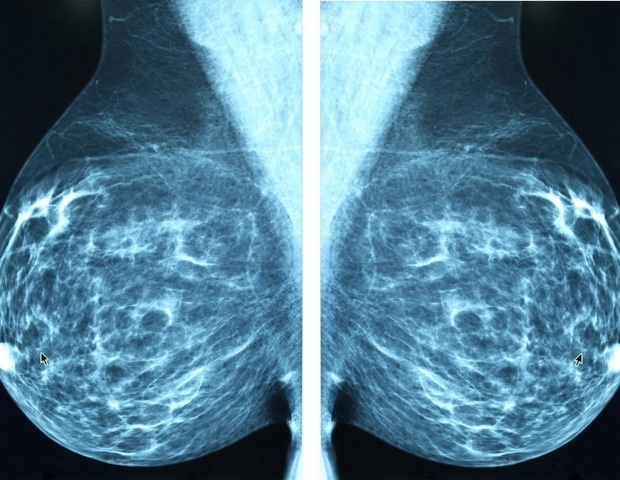A new radioimmunotherapy approach has the potential to cure human epidermal growth factor receptor 2 (HER2)-positive breast cancer, according to new research published in the November issue of The Journal of Nuclear Medicine. The…
New radioimmunotherapy approach shows potential to cure HER2-positive breast cancer
